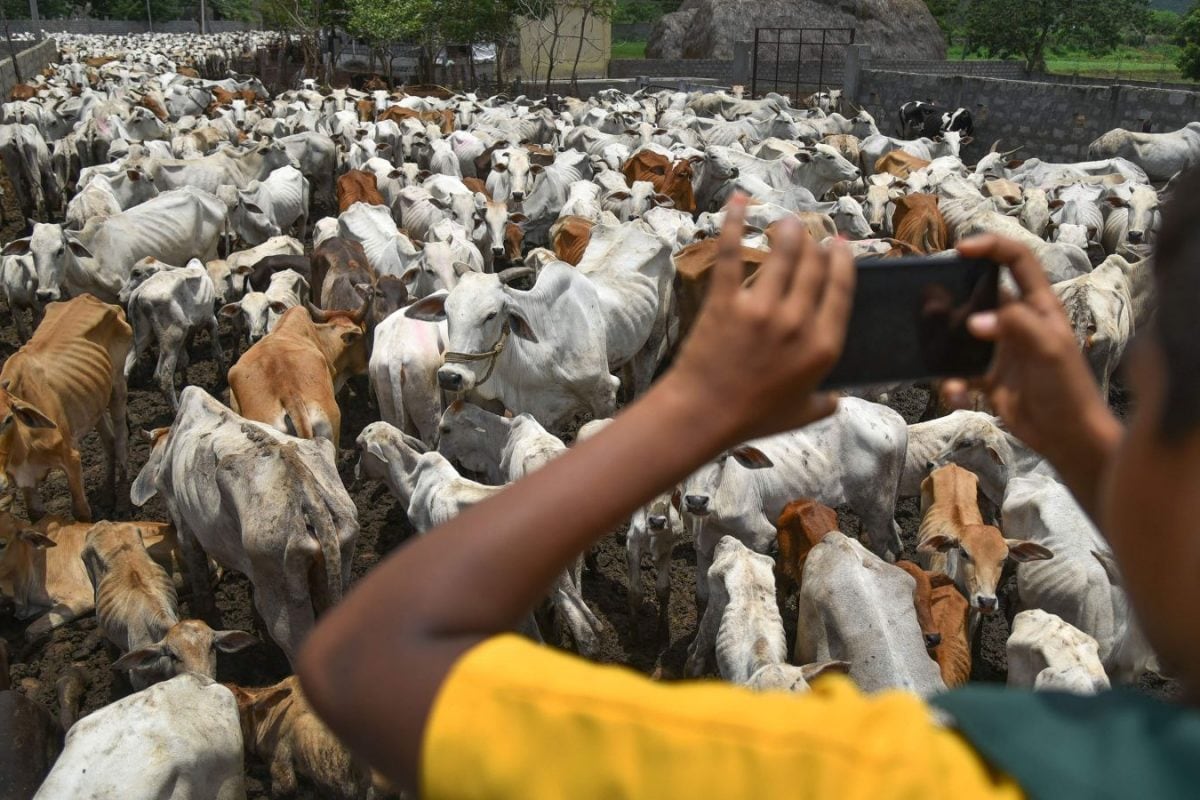

In response to growing concerns about antimicrobial resistance (AMR) and its potential impact on public health, the Indian government is taking decisive steps to regulate the use of antibiotics in animals. The move encompasses stricter oversight of drug sales, imports, and usage in the livestock and poultry sectors. This crackdown aims to curb the indiscriminate use of antibiotics, which has been linked to the emergence and spread of drug-resistant bacteria, posing a significant threat to both animal and human health.
The decision comes amid rising awareness of AMR as a global challenge. Rampant antibiotic use in animal husbandry, often for growth promotion or disease prevention rather than treatment, has created an environment where bacteria can evolve and develop resistance to these critical medications. This resistance can then spread to humans through the consumption of contaminated animal products, direct contact with animals, or through the environment.
Several factors have contributed to the government's increased scrutiny of antibiotic use in animals. Studies have revealed high rates of antibiotic resistance in bacteria isolated from poultry, livestock, and dairy products in India. The rise of multi-drug resistant strains of bacteria has further heightened concerns about the effectiveness of antibiotics in treating common infections. International pressure to align with global best practices in antimicrobial stewardship has also played a role in driving policy changes.
The government's strategy involves several key measures. One focus area is tightening the regulation of antibiotic sales and distribution. This includes stricter licensing requirements for pharmacies and veterinary drug stores, as well as measures to prevent over-the-counter sales of certain antibiotics without a valid prescription from a qualified veterinarian. Enhanced monitoring of antibiotic imports is also planned to ensure that only approved drugs enter the country and that they are used responsibly.
Another critical aspect of the government's plan is promoting awareness and responsible use of antibiotics among farmers and livestock owners. Educational campaigns and training programs will aim to educate stakeholders about the risks of AMR, the importance of proper diagnosis and treatment of animal diseases, and the need to use antibiotics judiciously. The government is also encouraging the adoption of alternative strategies for disease prevention and control, such as improved hygiene, vaccination, and better animal husbandry practices.
The crackdown on animal antibiotics is expected to have several positive outcomes. By reducing the overall use of antibiotics in animals, the government hopes to slow down the development and spread of AMR. This will help preserve the effectiveness of these essential drugs for treating infections in both animals and humans. Stricter regulations and increased awareness can also lead to more responsible use of antibiotics, ensuring that they are used only when necessary and at the correct dosage.
However, the implementation of these measures also presents certain challenges. Enforcing stricter regulations across a vast and diverse agricultural landscape requires significant resources and coordination between various government agencies. Ensuring compliance among small-scale farmers and livestock owners, who may lack awareness or resources to adopt alternative practices, will be crucial. Striking a balance between promoting responsible antibiotic use and ensuring the health and productivity of the animal agriculture sector is also essential.
The government's crackdown on animal antibiotics reflects a growing recognition of the urgent need to address AMR in a comprehensive and coordinated manner. By tightening oversight on drug sales and imports, promoting responsible usage, and encouraging alternative disease management practices, India aims to safeguard public health and preserve the effectiveness of antibiotics for future generations.